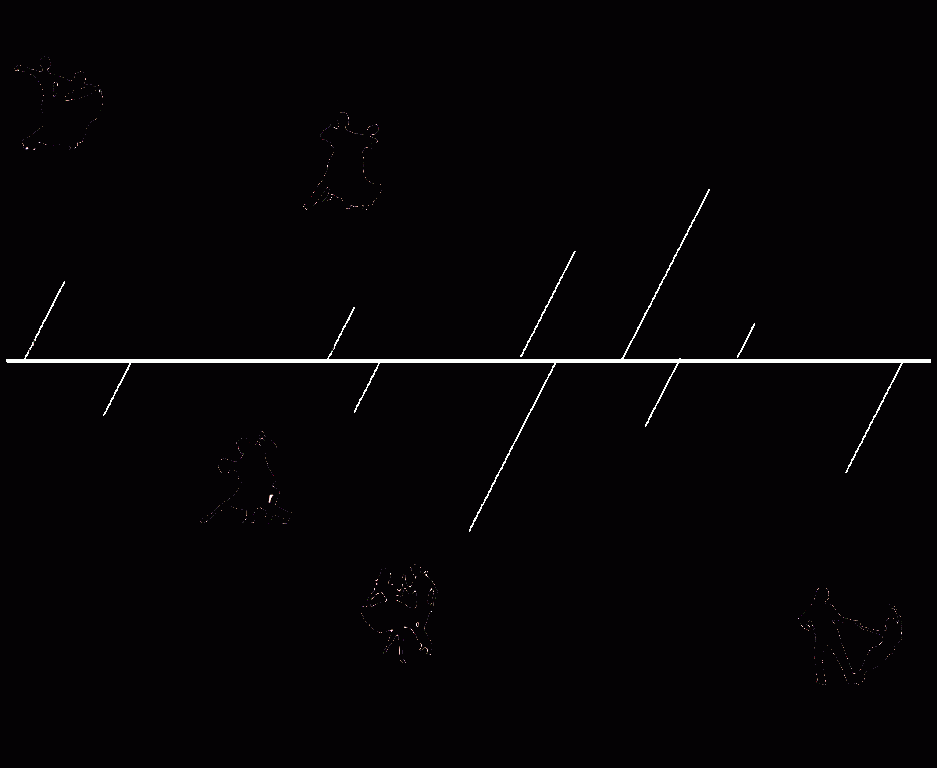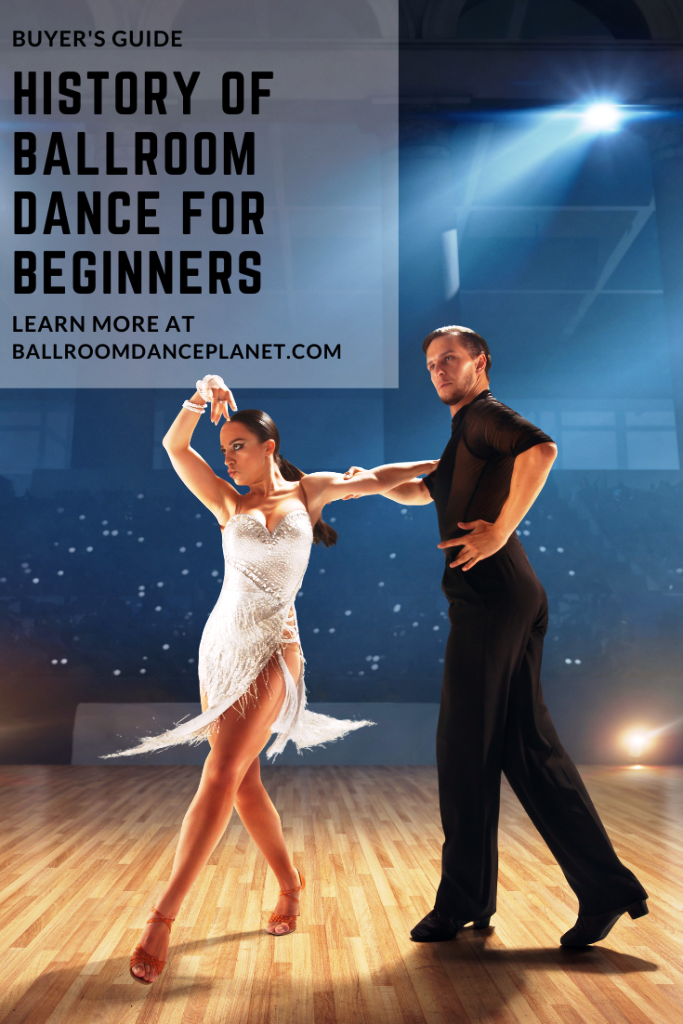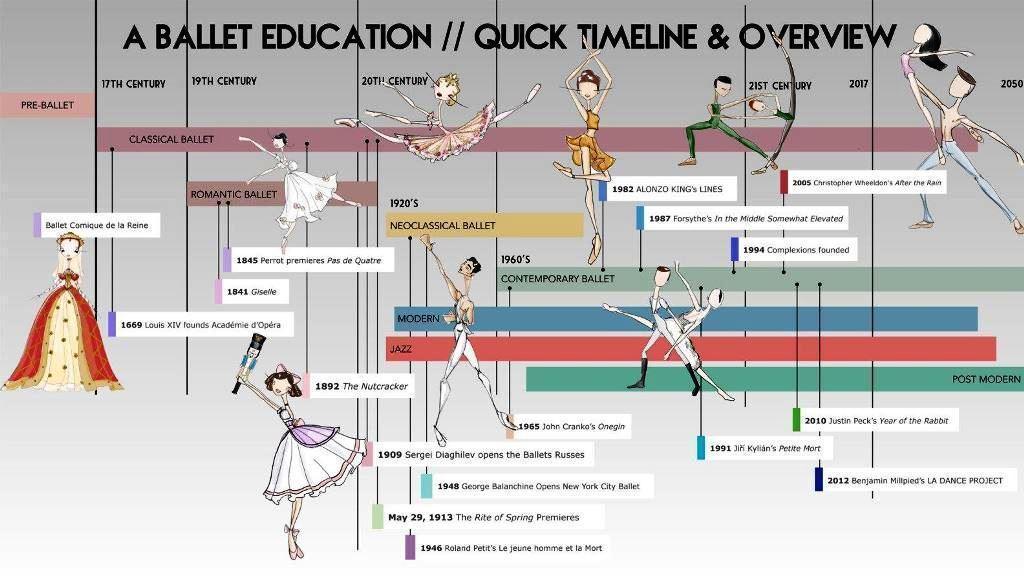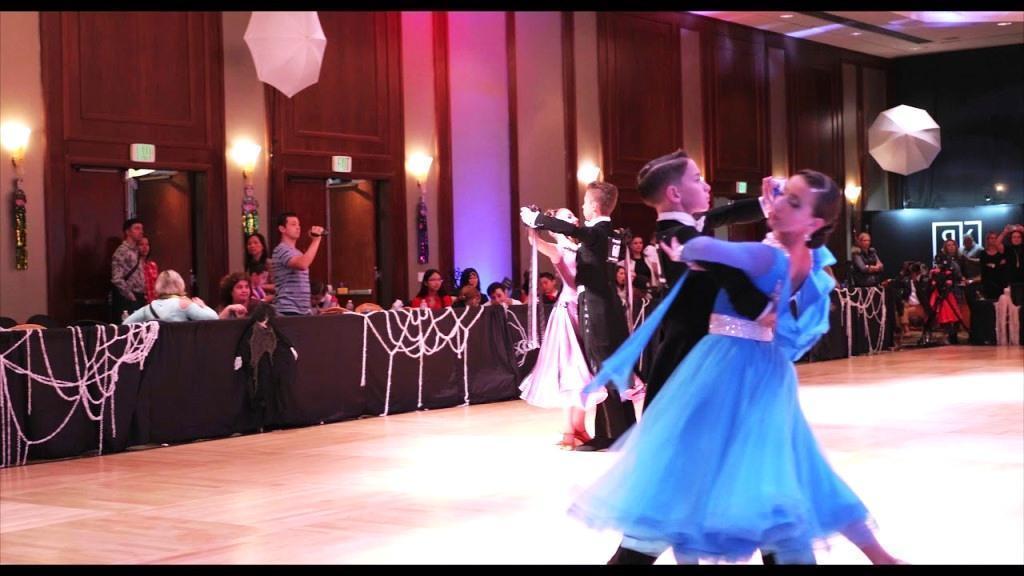
1. Introduction to the history of ballroom dancing in the UK
The History of Ballroom Dancing in the UK
Ballroom dancing has been a popular pastime in the UK for centuries. It first began as a form of entertainment for the wealthy in the 17th century, and quickly spread throughout the country as a popular pastime. As time went on, it developed into a more structured form of dance, with certain steps and movements becoming standardised.
In the 19th century, ballroom dancing became even more popular, with more people taking part in it. Professional dance teachers began to appear, and competitions and shows were held. This led to the development of different styles of ballroom dancing, such as the waltz, the foxtrot and the tango.
In the 20th century, ballroom dancing was further popularised by the introduction of television and film. Famous dancers such as Fred Astaire and Ginger Rogers helped to make it a mainstream activity. This was followed by a surge in popularity in the 1980s and 1990s, as people began to take part in ballroom dancing for fun and exercise.
Today, ballroom dancing is a popular activity in the UK, with many people taking part in competitions, shows and classes. It is also seen as a great way to improve fitness, as it is a form of exercise that involves both physical and mental activity.
Conclusion
Ballroom dancing has been a popular activity in the UK for centuries, and its popularity continues to grow. It is a great way to stay fit and healthy, and to meet new people. With its rich history and vibrant culture, ballroom dancing is sure to remain a popular pastime in the UK for many years to come.
2. Overview of the different eras of ballroom dance in the UK
Early Dance in the UK
The earliest forms of ballroom dancing in the UK can be traced back to the late 17th century. During this time, the dances were quite different from the modern ballroom dances we know today. These early dances were often performed in country houses and were mainly composed of simple steps and figures, with no elaborate choreography. The most popular of these dances were the minuet, gavotte, and quadrille.
The Victorian Era
The Victorian era saw a huge surge in the popularity of ballroom dancing in Britain. During this period, the dances were much more elaborate and intricate than those of the previous era, and the steps and figures were often adapted from the traditional country dances. Popular dances of the time included the waltz, polka, mazurka, and the galop.
The Edwardian Era
The Edwardian era saw a further increase in the popularity of ballroom dancing in the UK. The dances of this period were more complex and often featured more intricate figures and steps. Popular dances included the tango, foxtrot, and the one-step.
The Modern Era
The modern era of ballroom dancing in the UK has seen the emergence of more complex and exciting dances. Popular dances of this period include the cha-cha-cha, salsa, and the jive. These dances have become increasingly popular in recent years, and are now performed in many dance clubs and competitions.
3. The Victorian era and its influence on ballroom dancing
The Victorian Era and Its Influence on Ballroom Dancing
The Victorian era was a period of significant change in many aspects of life in Britain, including dance. During this time, ballroom dancing became increasingly popular among the upper classes, who had more access to the new dances being created in Europe.
The invention of the quadrille, a type of square dance, was a major influence on ballroom dancing during the Victorian era. This dance was based on the French version of the minuet, and it quickly became a popular choice for social gatherings. The quadrille also served as a template for many other dances, such as the waltz and polka, which were introduced during this period.
The Victorian era also saw the introduction of the first dance competitions, which were held in London and other cities. These competitions served to popularize ballroom dancing among the general public, and they helped to establish the dances as an art form.
The Impact of the Victorian Era on Ballroom Dancing Today
The influence of the Victorian era on ballroom dancing is still felt today. Many of the dances that were popular during this period are still performed in ballroom competitions and social gatherings. In addition, the quadrille and other dances of the era served as the foundation for many of the dances that are popular today, such as the tango and foxtrot.
The Victorian era also helped to establish the etiquette and dress codes that are still used in ballroom dancing today. The introduction of the first dance competitions also set the standard for the competitive aspects of ballroom dancing, which are still seen today.
4. The Edwardian era and its impact on ballroom dancing
The Edwardian Era and its Impact on Ballroom Dancing
The Edwardian era (1901-1910) saw a significant shift in the development of ballroom dancing in the UK. This period was marked by a new focus on the social aspects of dancing, as well as the introduction of more modern styles.
The Rise of the Social Dance
The Edwardian era saw the rise of the social dance, which focused on the social aspects of dancing. This was a new concept, as in the previous era, ballroom dancing was mainly a competitive activity. The social dance was more relaxed and focused on the enjoyment of the experience. This led to the development of a variety of new dances, such as the Foxtrot, the Waltz, and the Tango.
The Introduction of Modern Styles
The Edwardian era also saw the introduction of more modern styles of ballroom dancing. This included the introduction of polka, ragtime, and jazz. These styles were more upbeat and energetic than the traditional dances, and they quickly became popular. This led to the development of more complex steps and combinations, which further increased the popularity of ballroom dancing.
The Impact of the Edwardian Era
The Edwardian era had a major impact on the evolution of ballroom dancing in the UK. The introduction of social dancing and modern styles revolutionized the way people danced, and it led to a renewed interest in the activity. This period also saw the development of more complex steps and combinations, which further increased the popularity of ballroom dancing.
5. The Roaring Twenties and its contribution to ballroom dancing
The Roaring Twenties and its contribution to ballroom dancing
The 1920s were a period of great change in Britain, with the country emerging from the First World War and embracing a new era of freedom and prosperity. This was reflected in the emergence of a new style of ballroom dancing, which was heavily influenced by the Jazz Age and the dances of the period.
The most popular dances of the time were the Charleston, the Black Bottom, the Shimmy and the Lindy Hop. These dances were characterised by their fast-paced, energetic movements and were often accompanied by upbeat music from the likes of Louis Armstrong and Duke Ellington.
The Charleston was the most popular dance of the era, and was particularly popular amongst the youth of the time. It was characterised by its high-energy, syncopated steps and was often accompanied by the Charleston music of the era.
The Black Bottom
The Black Bottom was another popular dance of the time, and was characterised by its fast-paced, acrobatic movements. This dance was particularly popular in the African-American community, and its popularity spread to other parts of the world, including Britain.
The Shimmy
The Shimmy was another popular dance of the time, and was characterised by its slow, swaying movements. This dance was very popular amongst the young people of the time, and its popularity spread to other parts of the world, including Britain.
The Lindy Hop
The Lindy Hop was another popular dance of the time, and was characterised by its fast-paced, energetic movements. This dance was particularly popular amongst the younger generation of the time, and its popularity spread to other parts of the world, including Britain.
The dances of the Roaring Twenties had a huge influence on the development of ballroom dancing in the UK, and these styles of dance remain popular today. The popularity of these dances has helped to ensure that ballroom dancing remains a popular pastime in Britain, and has helped to ensure that the UK is at the forefront of the global ballroom dancing scene.
6. The Swing Era and its influence on ballroom dancing
The Swing Era and its Influence on Ballroom Dancing
The Swing era was a period of ballroom dancing that began in the 1930s and lasted until the mid-1950s. During this time, the popular dances of the era included the Lindy Hop, the Balboa, the Foxtrot, the Quickstep, and the Jitterbug. During this time, ballroom dancing began to become more popular in the UK, as people began to enjoy the social aspects of the dances.
The Lindy Hop
The Lindy Hop is a dance that originated in Harlem, New York in the 1920s. It is a fast and energetic dance that is characterized by its improvisational style. The Lindy Hop was popularized in the UK during the Swing era, and it is still popular today.
The Balboa
The Balboa is a dance that originated in California in the 1920s. It is a fast and energetic dance that is characterized by its close embrace and intricate footwork. The Balboa was popularized in the UK during the Swing era, and it is still popular today.
The Foxtrot
The Foxtrot is a dance that originated in the United States in the early 1900s. It is a smooth and graceful dance that is characterized by its long strides and slow tempo. The Foxtrot was popularized in the UK during the Swing era, and it is still popular today.
The Quickstep
The Quickstep is a dance that originated in the United States in the early 1900s. It is a fast and energetic dance that is characterized by its quick footwork and fast tempo. The Quickstep was popularized in the UK during the Swing era, and it is still popular today.
The Jitterbug
The Jitterbug is a dance that originated in the United States in the 1920s. It is a fast and energetic dance that is characterized by its acrobatic movements and wild spins. The Jitterbug was popularized in the UK during the Swing era, and it is still popular today.
Conclusion
The Swing era was a period of ballroom dancing that had a great influence on the evolution of ballroom dancing in the UK. During this time, many popular dances were introduced and popularized in the UK, including the Lindy Hop, the Balboa, the Foxtrot, the Quickstep, and the Jitterbug. These dances are still popular today, and they are a testament to the influence of the Swing era on ballroom dancing in the UK.
7. The Modern Era and its contribution to ballroom dancing
The Modern Era and its contribution to ballroom dancing
The modern era of ballroom dancing in the UK began in the late 19th century with the emergence of the ‘new ballroom’ – a formalised version of the social dances of the time. This was a period of great change and innovation, as the old dances were adapted and developed to create new forms of ballroom dance.
The Rise of the Waltz
The waltz was one of the most popular dances of the era, and it quickly became a staple of the ballroom. It was seen as an elegant and romantic dance, and its popularity spread across the country. The waltz was also the first ballroom dance to be adapted for competitive dancing, and it remains one of the most popular competitive dances today.
The Development of the Foxtrot
The foxtrot was another popular dance of the modern era, and it was developed from the two-step. The foxtrot was a smoother and more refined version of the two-step, and it quickly became a favourite of the ballroom. The foxtrot was also adapted for competitive dancing, and it remains one of the most popular competitive dances today.
The Popularity of Latin Dances
The modern era also saw the emergence of Latin dances such as the tango, the rumba, and the cha-cha. These dances were seen as more exotic and passionate than the traditional ballroom dances, and they quickly became popular in the ballroom. The Latin dances were also adapted for competitive dancing, and they remain popular in the competitive ballroom scene today.
The Influence of Rock ‘n’ Roll
The modern era also saw the emergence of rock ‘n’ roll, which had a huge influence on the development of ballroom dancing. Rock ‘n’ roll brought a new energy and style to the ballroom, and it helped to create a more dynamic and energetic form of ballroom dancing. The rock ‘n’ roll influence can still be seen in the modern ballroom, with many of the dances having an element of rock ‘n’ roll to them.
The Impact of Television
The advent of television also had a major impact on the evolution of ballroom dancing in the UK. Television shows such as Strictly Come Dancing and Dancing with the Stars have helped to popularise ballroom dancing and make it more accessible to the general public. As a result, ballroom dancing is now much more popular than it was in the modern era, and it is enjoyed by people of all ages and backgrounds.
Conclusion
The modern era of ballroom dancing in the UK saw a period of great change and innovation, as the old dances were adapted and developed to create new forms of ballroom dance. The waltz, the foxtrot, and the Latin dances all became popular in the ballroom, and they remain popular today. Rock ‘n’ roll and television have also had a major impact on the evolution of ballroom dancing, and they have helped to make it more accessible to the general public.
8. Conclusion on the evolution of ballroom dancing in the UK
Conclusion on the Evolution of Ballroom Dancing in the UK
The evolution of ballroom dancing in the UK is a fascinating one. From its humble beginnings as a form of entertainment for the wealthy elite, it has grown to become a popular activity for all ages and backgrounds. It has been shaped by the influences of different cultures, and its popularity has waxed and waned over the years.
Today, ballroom dancing is a vibrant and thriving part of British culture. It is a popular hobby for many, and there are countless dedicated ballroom dance classes, competitions and events. It is also a great way to keep fit and healthy, and to meet new people.
The UK has a long and proud history of ballroom dancing, and its evolution has been an interesting one. With its ever-changing styles, it is sure to continue to evolve and adapt to the changing times. Ballroom dancing will remain an important part of British culture for many years to come.




